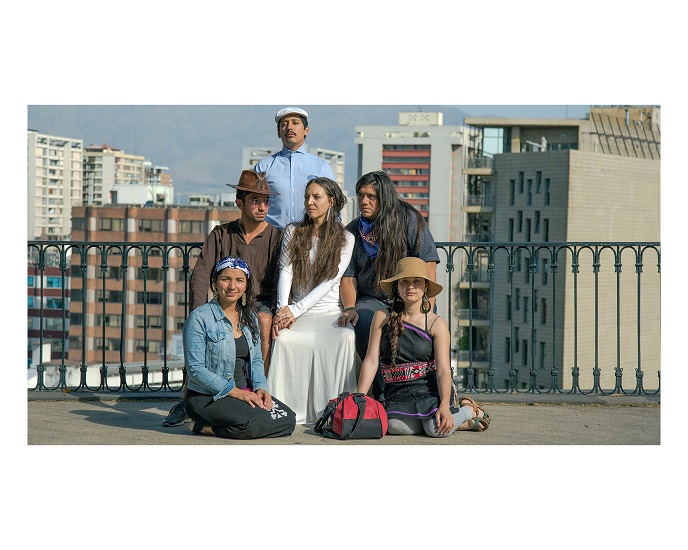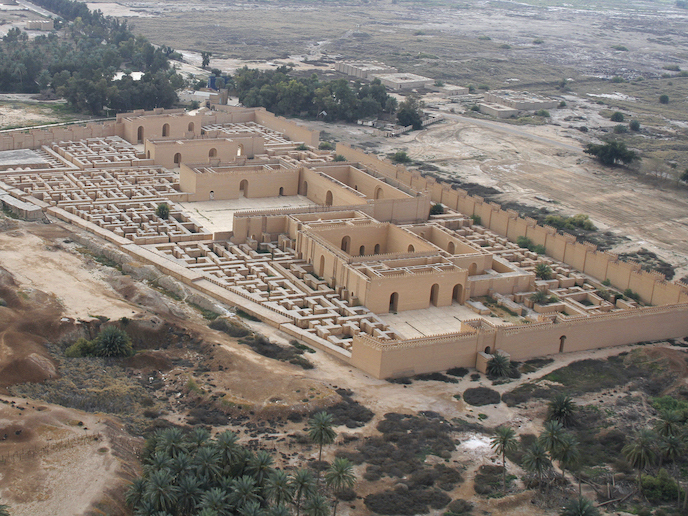The sonic dimension of our cities
What is a city without sound? To have an urban experience without the noise of cars, pedestrians, but also birds, rain or water, would be unimaginable. These sensory experiences shape our perception of urban environments. Despite this, the role of sound in urban design and planning is frequently addressed only as an afterthought in efforts to mitigate noise pollution. Recognising the untapped potential of sound as a catalyst for innovative urban design, the EU-funded Sound-Frameworks project(opens in new window) emerged to change and improve the music of cities. Coordinated by Sven Anderson and John Bingham Hall, Sound-Frameworks sought to revolutionise the way we conceive of and engage with the sonic dimensions of our cities. The team recognised the role of urban sound in design innovation – envisioning the public space as a dynamic sound ecosystem.
Urban sounds by design
Through a multifaceted approach, Sound-Frameworks set out to address the following key question: What tools do interdisciplinary design teams require to integrate considerations of sound within the design of the public realm? By the end of the project in November 2023, the Sound-Frameworks team achieved three interlinking assets: Firstly, an extensible sound-in-practice survey(opens in new window) that will serve as a resource for understanding the complexities of integrating sound considerations within the public realm. A set of best-practice guidelines(opens in new window) provide a roadmap for designers and policymakers for more immersive and inclusive urban environments. Lastly, an open-access online design tool(opens in new window) will facilitate combining sound into the design process with a user-friendly platform. “The research revealed that there is a growing appetite for developing new methodologies of including considerations of sound within the design and planning of the public realm, and that practitioners working in these fields possess valuable insight that can be used to shape these new methodologies,” say Anderson and Bingham Hall. This approach marks a sharp distinction from other research in this arena, which often asserts conceptual models for working with sound that are developed from specialist perspectives and then extended towards other disciplines and city-making practices. Sound-Frameworks inverts this process by opening a more pluralistic approach to advancing this field of practice, fostering a greater sense of agency from the working perspectives of those who contribute to it.
Complexity of urban soundscapes
Of course, the journey was not without its challenges. One of the primary hurdles faced by the Sound-Frameworks team was ensuring that discussions surrounding the public realm remained open to diverse perspectives. In prioritising critical inquiry and fostering dialogue, the project successfully navigated this obstacle, laying the groundwork for a more inclusive approach to urban design. “By positioning these questions at the outset of these conversations before the focus shifted into the details of specific projects and experiences, the survey retained its critical intent and encouraged participants to introduce their own questions within the conversation instead of offering solutions,” add Anderson and Bingham Hall. Moving successfully forward on the Sound-Frameworks project, the team has set their sights on integrating their findings into real-world projects. From cultural initiatives to large-scale infrastructural endeavours, the impact of Sound-Frameworks promises to reverberate far beyond the confines of academia.







